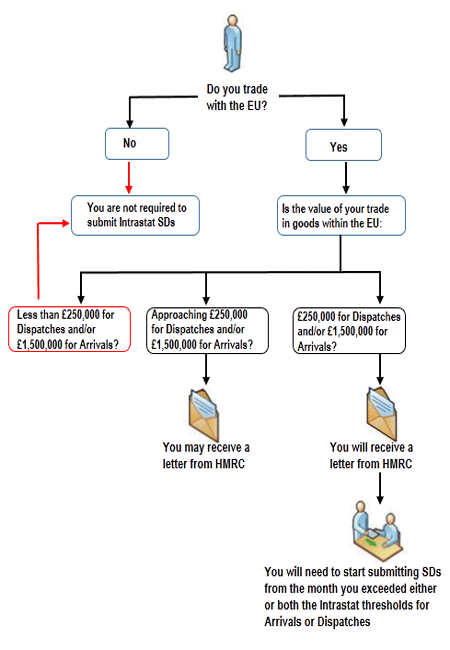A recent case at the Upper Tribunal (UT): Wakefield College here considered whether certain use of the property disqualified it from zero rating.
Background
In order to qualify for zero rating a building it has to be used for “relevant charitable purpose”
This means that it is used otherwise than in the course or furtherance of a business. In broad terms, where a charity has a building constructed which it can show it will use for wholly non business purposes then the construction work will be zero rated by the contractor. This is the case even if there is a small amount of business activity in the building as long as these can be shown to be insignificant (which is taken to be less than 5% of the activities in the whole building) This so called de-minimis of 5% can be of use to a charity. In order for zero rating to apply the charity must issue a certificate to the builder stating the building will be used for non-business purposes.
Although the UT supported HMRC’s appeal against the F-tT decision there was an interesting comment made by the UT. The fact that students paid towards the cost of their courses (albeit subsidised) meant that business supplies were made, and the quantum of these fees exceeded the 5% de minimis meant that the construction works were standard rated. This decision was hardly surprising, however, a comment made by the Tribunal chairman The Honourable Mr Justice Barling Judge Colin Bishopp may provide hope for charities in a similar position to the appellant: he stated that it believed that the relevant legislation should be reconsidered, suggesting that;
“… it cannot be impossible to relieve charities of an unintended tax burden while at the same time protecting commercial organisations from unfair competition and preventing abuse …”.
In my view, it is worth considering the summing up in its entirety as it helpfully summarises the current position and provides some much sought after common sense in this matter:
“We cannot leave this appeal without expressing some disquiet that it should have reached us at all. It is common ground that the College is a charity, and that the bulk of its income is derived from public funds. Because that public funding does not cover all of its costs it is compelled to seek income from other sources; but its doing so does not alter the fact that it remains a charity providing education for young people. If, by careful management or good fortune, it can earn its further income in one way rather than another, or can keep the extent of the income earned in particular ways below an arbitrary threshold, it can escape a tax burden on the construction of a building intended for its charitable purpose, but if it is unable to do so, even to a trivial extent, it is compelled to suffer not some but all of that tax burden. We think it unlikely that Parliament intended such a capricious system. We consider it unlikely, too, that Parliament would consider it a sensible use of public money for the parties to litigate this dispute twice before the FTT and now twice before this tribunal. We do not blame the parties; the College is obliged to maximise the resources available to it for the pursuit of its charitable activities, just as HMRC are obliged to collect tax which is due. Rather, we think the legislation should be reconsidered. It cannot be impossible to relieve 16 charities of an unintended tax burden while at the same time protecting commercial organisations from unfair competition and preventing abuse”.
Action
If any charities, or charity clients have been denied zero rating on a building project, it will be worthwhile monitoring this development. Please contact us if you require further information.

